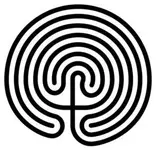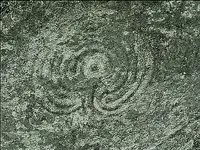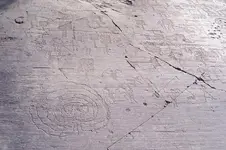Cubfan64
Silver Member
- Joined
- Feb 13, 2006
- Messages
- 3,001
- Reaction score
- 2,858
- Golden Thread
- 0
- Location
- New Hampshire - USA
- Detector(s) used
- Fisher CZ21, Teknetics T2 & Minelab Sovereign GT
- Primary Interest:
- All Treasure Hunting
Just to echo EE THr's last post, if you take a look at his enhanced copy and compare it to the black and white drawing SH had as an insert in his first post with the carving, you should be able to see the almost identical "pathway" they each have. I see the different carvings the same way you do EE Th'r - there are certainly some differences, but there are an awful lot of similarities.
I really like that last quote from Jake Page that you posted Joe - I could very easily convince myself that the entire spiral/maze/labyrinth carvings are a direct result of that tribes origin legend.
I really like that last quote from Jake Page that you posted Joe - I could very easily convince myself that the entire spiral/maze/labyrinth carvings are a direct result of that tribes origin legend.





 ??
??




